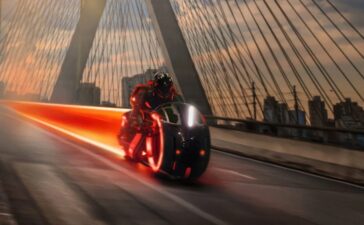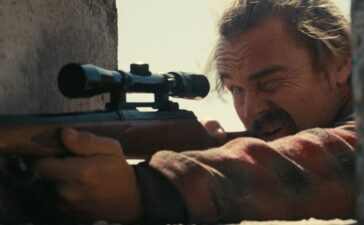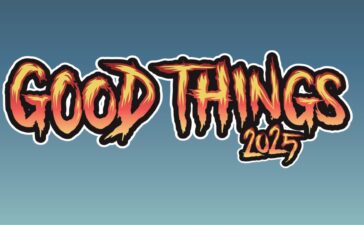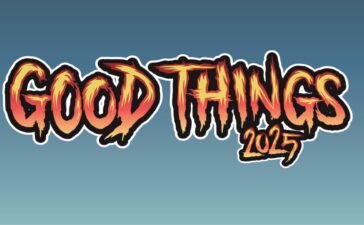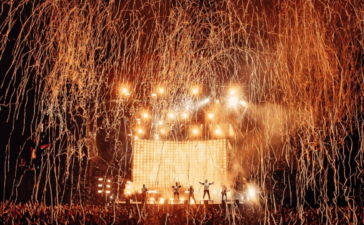Modelo may be the drink of choice in Paul Thomas Anderson’s latest film, but don’t go past this venerable classic.
In Paul Thomas Anderson‘s One Battle After Another, the French 75 is a militant revolutionary group dedicated to bringing down the system. In the real world, it’s a refreshing tipple, first whipped up in a Parisian bar at the dawn of World War I.
How one inspired the other is anyone’s guess. One Battle After Another is loosely inspired by Thomas Pynchon’s 1990 novel, Vineland, but the closest analogue to the French 75 there is the revolutionary film collective, 24fps. I suspect the name in the film is intended to evoke the radical French student politic of the ’60s, which certainly tracks with the movie’s overall vibe.
As for the drink itself, the accepted history is it was invented by Scottish mixologist Harry MacElhone in 1915, when he was pouring at Paris’ New York Bar. MacElhone was a prodigious inventor of cocktails, and he almost certainly threw together something you like over the course of his career. In addition to the French 75, he’s credited with creating the Bloody Mary, the Sidecar, the Monkey Gland, and the White Lady – truly a man dedicated to pushing the envelope of getting hammered.
Happily for us, he was a prolific author as well, and his books on booze are still highly regarded today. In his 1922 tome Harry’s ABC of Mixing Cocktails, he described the 75, as he called it, as a combo of Calvados brandy, gin, grenadine, and absinthe. The name comes from the boast that drink has a kick like a French 75mm field cannon.
But the modern version doesn’t get recorded until 1927 in Here’s How by Judge Jr., a Prohibition era how-to guide for those keen to flout the 18th Amendment. The author, actually cartoonist Norman Hume Anthony writing under a pseudonym, swapped gin for brandy, tacked “French” onto the name, and the rest is cocktail history.
The French 75
- 30 ml gin
- 15 ml fresh lemon juice (bottled is fine, though)
- 15 ml sugar syrup (make your own)
- 60 ml champagne (or, if we must, sparkling wine
Throw all the ingredients except the champagne into a cocktail shaker and give it a vigorous shake. Pour into a glass and top with champagne. The modern version is served in a champagne flute, but MacElhone served the original in a highball glass, and that’s my preference, too. No garnish needed, but if you must, keep it light – a twist of lemon peel or, at most, a single maraschino cherry.
Best enjoyed watching One Battle After Another, naturally, which should provide some useful instruction in the use of the empty bottles as well, presuming you have some old rags and kerosene handy.



